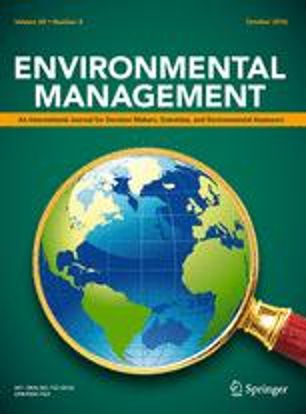This guide is designed to help investors better understand the challenges and opportunities of investing in resources managed collectively by a community - where the community is the principal investment partner!
In this guide we draw on examples and lessons learned from four case-study countries considered to have the most successful arrangements for collectively managing natural resources. The case countries are Guatemala, Mexico and Nepal, which have devolved forest rights to communities, and Namibia, which has devolved wildlife rights.
Download:
Année de publication
2019
Auteurs
Gnych, S.; Lawry, S.; Monterroso, I.; Adhikary, A.; McLain, R.
Langue
English
Mots clés
finance, investment, forests, fisheries, natural resources management
Géographique
Guatemala, Mexico, Nepal, Namibia



















